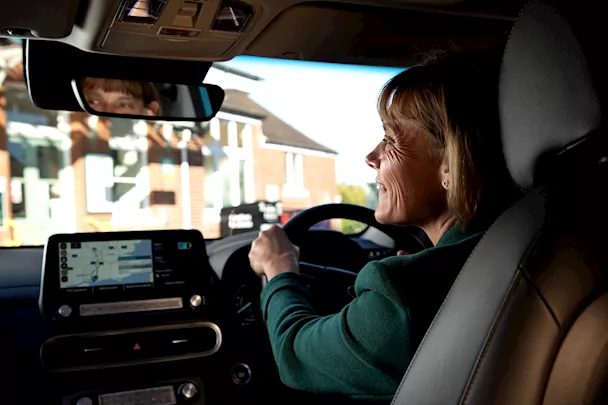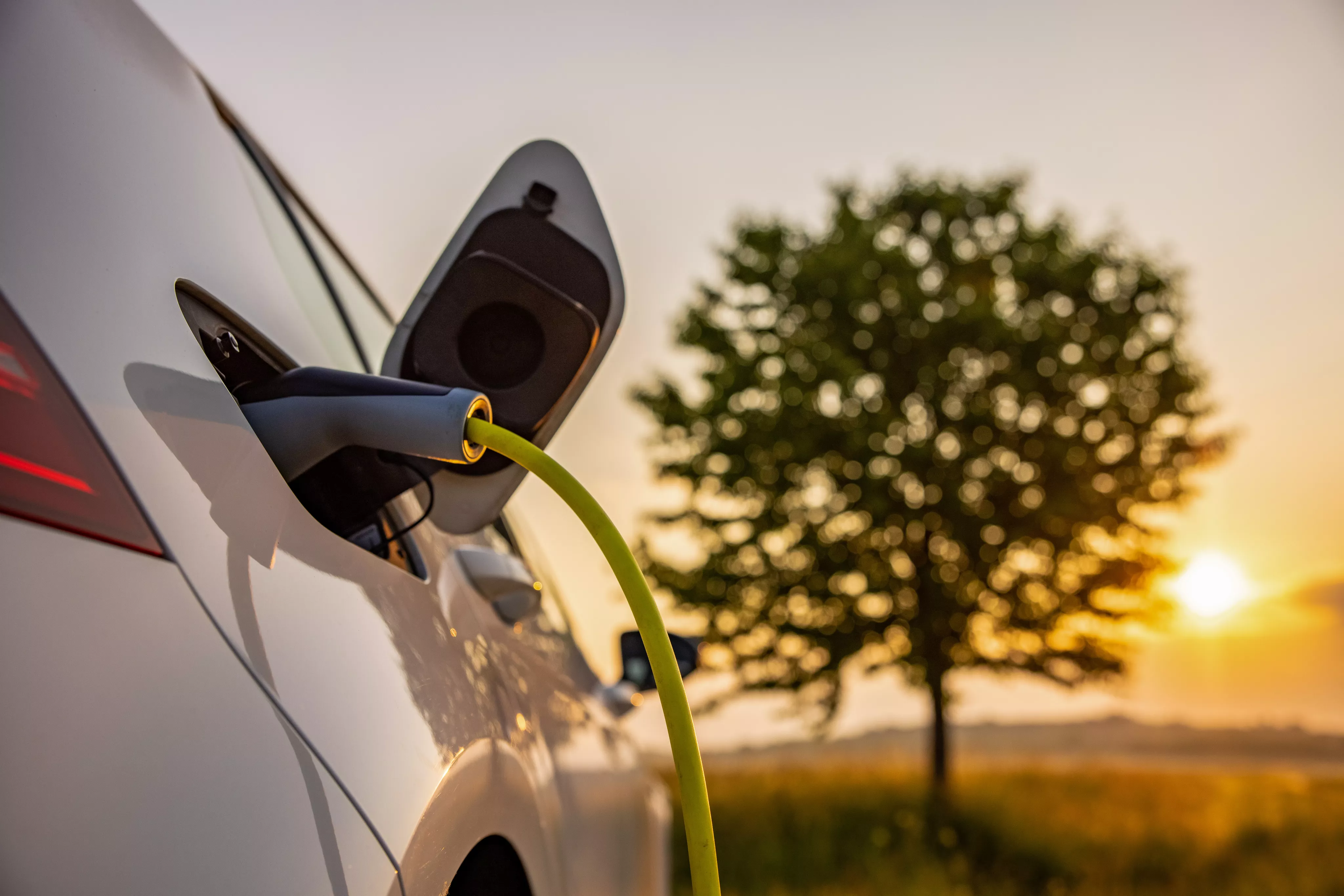Understanding electric car range
Range
A few different things can affect the range of your electric cars. We’ll help you understand these and how you can maximise range.

Range
A few different things can affect the range of your electric cars. We’ll help you understand these and how you can maximise range.
While petrol and diesel cars use miles per gallon (MPG), electric cars work on range. It’s the distance an electric car can travel on a single charge.
This depends on a few things but typically, shorter-range EVs can cover around 100 miles on a single charge. And longer-range vehicles can cover over 250 miles.
If you're travelling farther than your EV’s range, you'll need to plan ahead. This will help you know where you can charge on your journey.
See how our Motability Scheme specialist, David, drove 123 miles in an EV from Liverpool to Holyhead, through Snowdonia.
Different things affect range, like weight, where you’re driving, how you drive, and even the weather.
Cold weather can lower range by 5 to 20% for electric cars, and 15 to 25% for petrol and diesel cars.*
When you add things to your car like luggage or roof boxes, or even just more passengers, this makes your car heavier. The heavier your car, the more energy it needs to get from A to B
If you’re using features in your car, like playing the radio, this will have a slight impact on your range.
A good rule of thumb is to knock about 20% off the ‘stated’ range of an EV. This will give you an idea of how many miles you can comfortably cover on a single charge.
*Source: Octopus electric vehicles(opens in a new window)
All cars come with a range alert. This will let you know when your battery is low. Most EVs will give you a warning at 12% and others at 5%.*
It gives you enough time to find a nearby chargepoint and top up. There are other ways you can extend your range too:
*Source: the RAC(opens in a new window)
Charge your battery so it’s 80% full, unless you’re going on a long journey. And try to keep it above 20%. This helps keep your battery healthy.
Charge every few days, instead of every day, if you can.
See more on charging. We’ll help you understand your options and what to think about.
Only take what you need, like your mobility equipment. The heavier your car is, the more energy it needs to get from A to B. This affects long journeys more than short journeys.
When you drive at 70mph, it lowers your range, compared to driving at 50mph. This is not just EVs driving fast in a petrol or diesel car uses more fuel too.
Choose a route with level, smooth ground, if you can. You’ll use less power than journeys will hills and bumpy roads. The smoother your drive, the better it is for your range.
Just like with petrol and diesel cars, check your tyres regularly and keep them inflated to the recommended level. If they’re under-inflated, this can damage your tyres, create resistance, and use more energy to get to your destination.
We include tyre repairs from Kwik Fit as part of your all-inclusive package, to get you back on the road as quickly and safely as possible.

It's our exciting email series for anyone looking to learn more about electric cars. We’ll explain how they work and show you what life with one could look like. You’ll get one email each week, for eight weeks.
Sign up nowIt’s important you understand how electric cars can work for your lifestyle. Explore and learn more about electric cars:
Understanding electric car range
A few different things can affect the range of your electric cars. We’ll help you understand these and how you can maximise range.
Take five minutes to answer some questions and we’ll tell you whether we think an electric car could suit you. Or browse our electric cars.